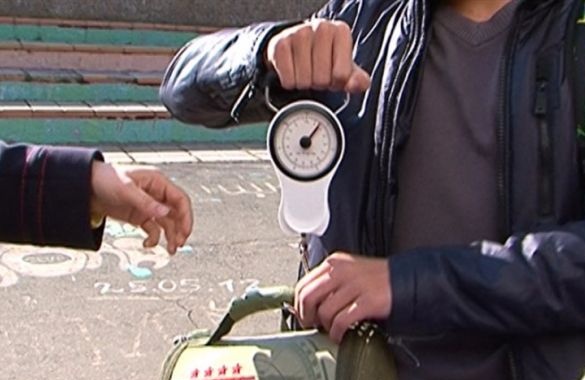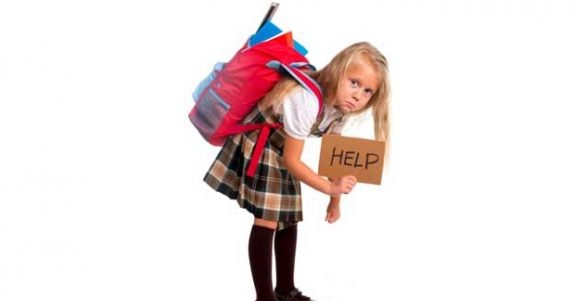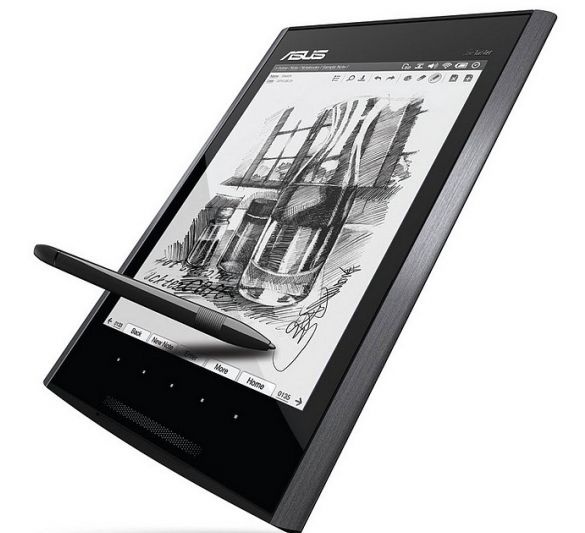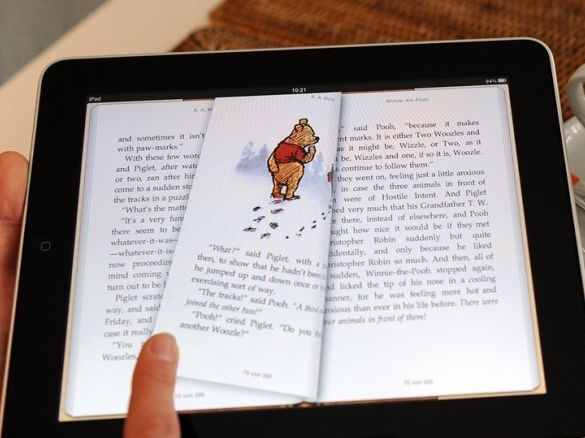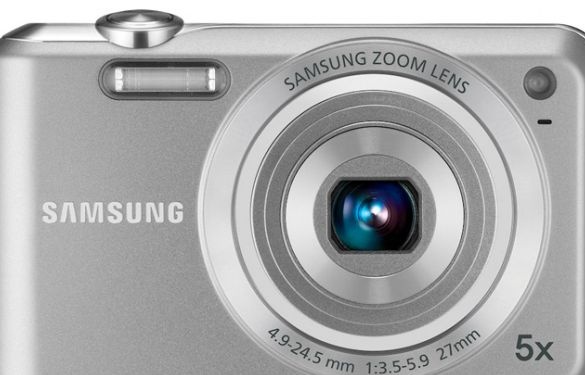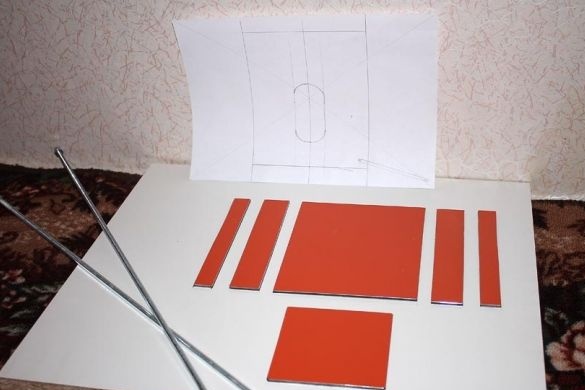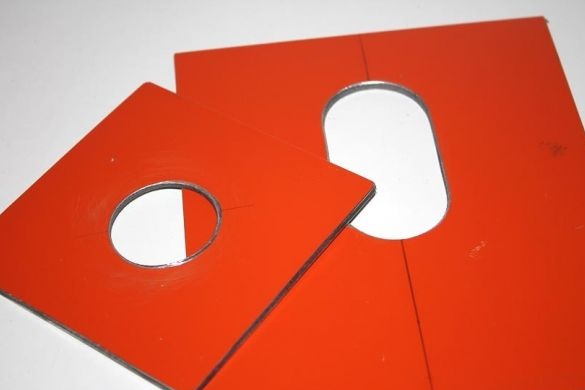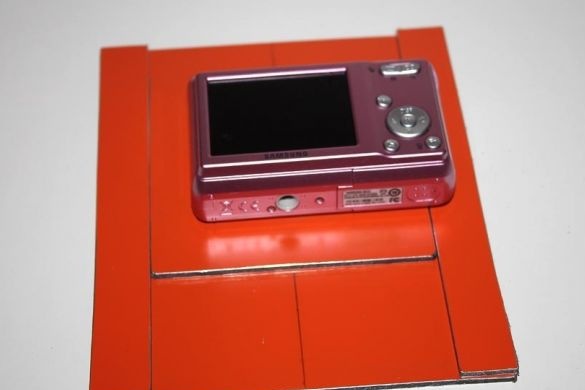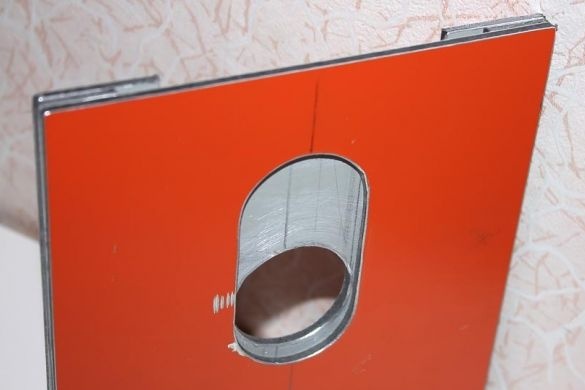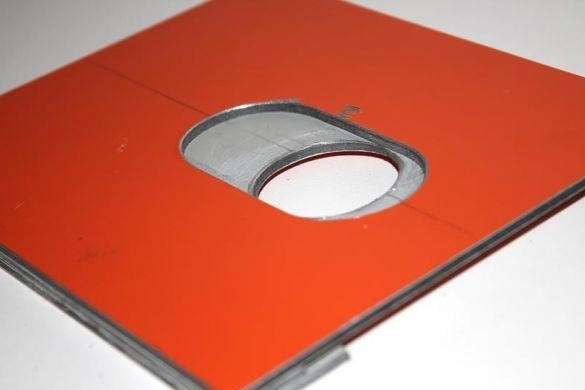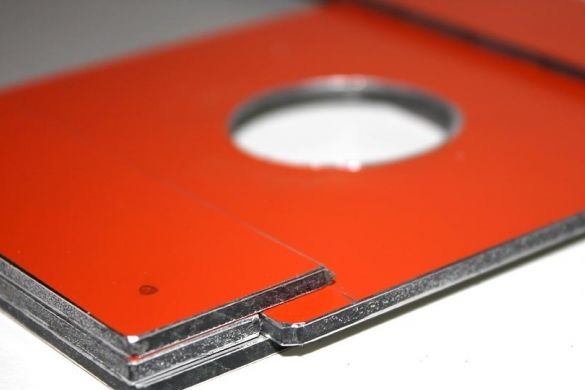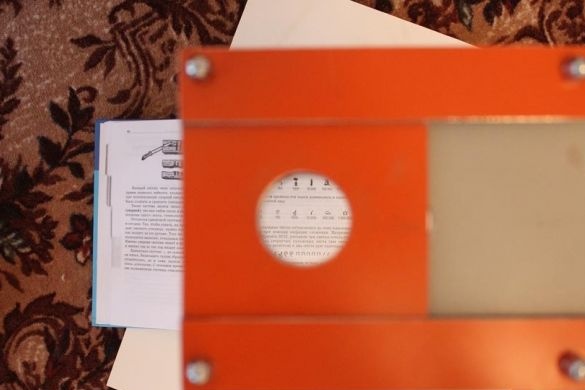So the granddaughter is already in her second year at university, and the topic has still not lost its relevance.
About five years ago, when a granddaughter in the 9th grade was preparing for exams, I discovered an unpleasant problem; The schoolbag collected by the granddaughter was up to the pound.
This is to wear it to school and back and not undermine your health, you need to be friends with a couple - three of the loyal young men - accelerate.
Well, the problem has arrived, we will solve it without the boys. Thanks to the grandfather's pension, the granddaughter acquired a larger screen and not very expensive tablet.
The tablet, it was decided so far to use, as a regular reader, only in color. I installed a special program on the tablet in order to make it more convenient to read electronic books, pages are turned by a finger, as in a regular book, the scale is easily changed.
I didn’t have my own scanner, and borrowing from strangers is troublesome, and whoever scanned large volumes of documents knows that this is also a chore. It was decided to digitize the training materials using a digital camera.
After reading and studying materials on this topic on the Internet, a simple device To operate the camera as a scanner, trimmed aluminum composite siding panel (Alucobond).
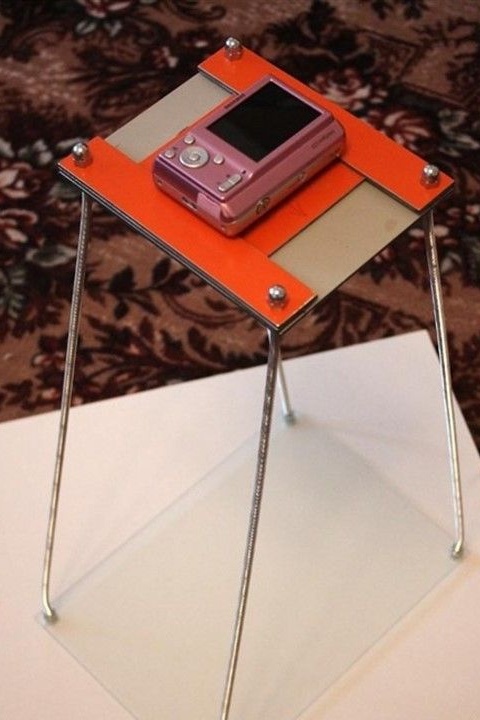
The process is now much faster and much easier. Before digitizing the book, the camera is centered in the center of the page by moving the adjustment plate. The zoom buttons frame the entire page. It remains to turn the pages and press the shutter button. The clamping glass for the pages is anti-glare, therefore it is not critical to lighting. In half an hour of work, you can digitize up to 250 pages of a book. Naturally, the print quality is higher on the scanner, but practice has proved that such quality is quite enough for reading books. To digitize documents, a simple JPEG to PDF utility was used.
And so, the granddaughter already has all the educational materials in electronic form, recorded on a flash drive and she enters the school classroom with a small fashionable backpack, in which there is only a light tablet and a couple of notebooks with pens.


